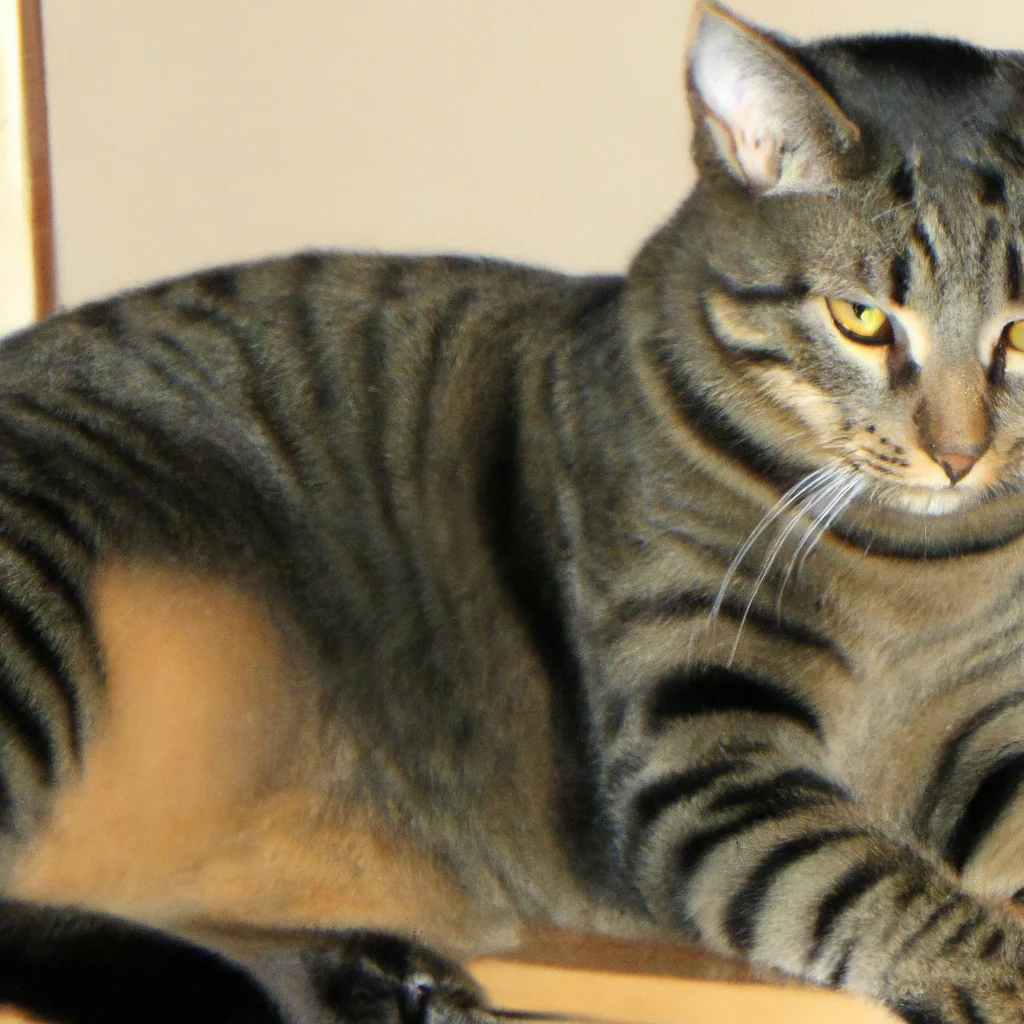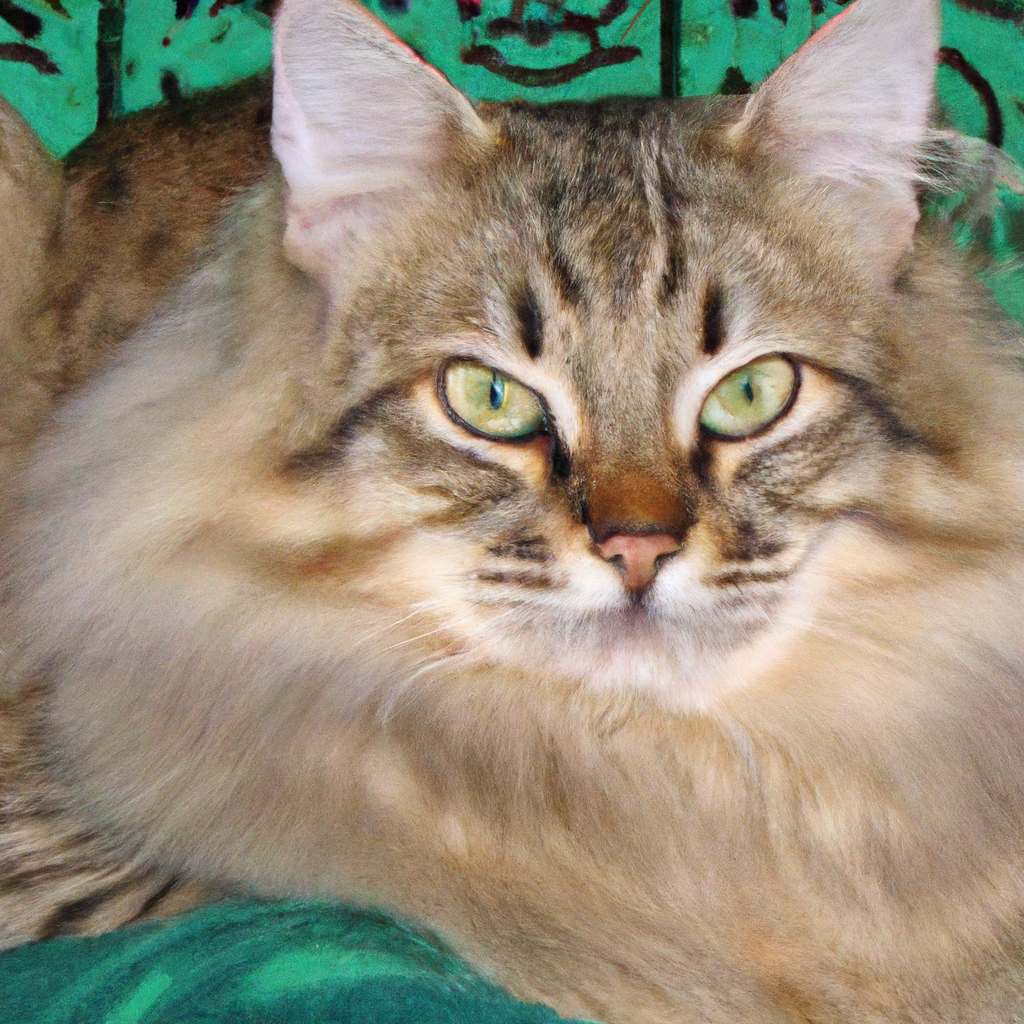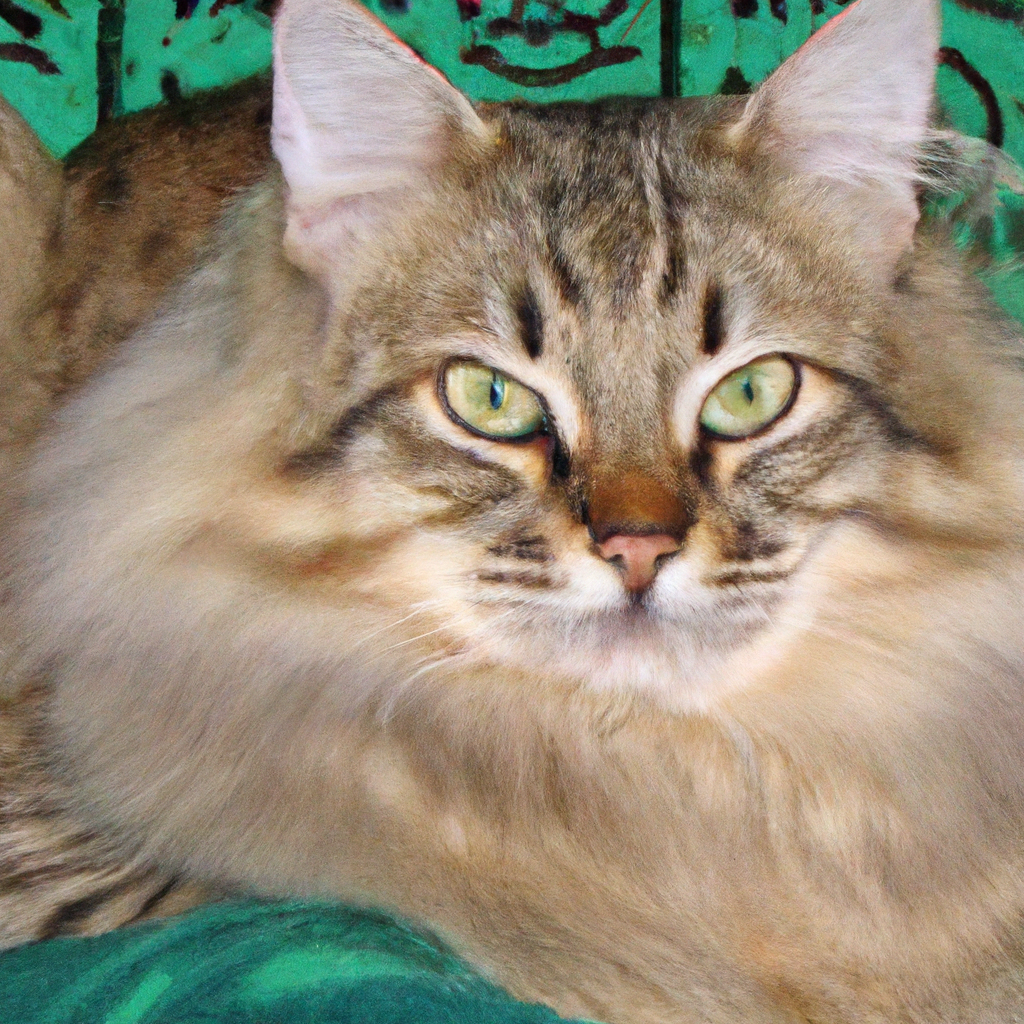If you’ve ever wondered whether the charming tabby cat is officially recognized as a breed, you’re not alone. With their unique coat patterns and endearing personalities, tabby cats seem to occupy a special place in the hearts of cat lovers everywhere. In this article, we’ll explore the intriguing question of whether tabby cats are considered a recognized breed, and shed some light on the fascinating world of these beloved feline companions.

Tabby Cats
Tabby cats are a unique and beloved group of feline companions that have captured the hearts of many cat lovers around the world. With their striking coat patterns and distinct physical characteristics, these charming cats have a rich history and a powerful presence in popular culture. Despite their popularity, there is often confusion surrounding whether tabby cats are considered a recognized breed. In this comprehensive article, we will delve into the origins of tabby cats, explore their physical characteristics, discuss the criteria for breed recognition, address common misconceptions, and shed light on the ongoing debate regarding tabby cat recognition.
Origins of Tabby Cats
The origins of tabby cats can be traced back to ancient times, and they have a rich and fascinating history. The term “tabby” was derived from “atabiy,” a type of striped silk taffeta that was popular during the Ottoman Empire. It was believed that this fabric resembled the striped markings often seen on the coats of these cats. Tabby cats are not a specific breed but rather a coat pattern that can be found in various cat breeds and mixed-breed cats. The tabby pattern is a result of a dominant gene that influences the color and pattern of a cat’s fur.
Physical Characteristics of Tabby Cats
Tabby cats showcase a range of physical characteristics that make them easily identifiable and endearing. While the tabby pattern can appear in different cat breeds, certain traits are commonly associated with these beloved felines. Tabby cats often have an “M” shape on their foreheads, expressive almond-shaped eyes, and a muscular build. Their fur can vary in length, from short-haired to long-haired, and they come in various colors, including brown, gray, and orange. One of the most notable features of tabby cats is their coat pattern, which can include stripes, swirls, spots, or a combination of these markings.
Recognized Cat Breeds
Definition of a Breed
Before delving into the criteria for breed recognition, it is essential to define what constitutes a breed. A cat breed is a specific lineage of cats that share common physical traits, temperament, and genetic traits. These traits are carefully preserved through selective breeding to maintain consistency within the breed. Each recognized breed has its own breed standard, which outlines the desired physical characteristics, temperament, and other specific traits that distinguish it from other breeds.
Criteria for Recognition as a Breed
The recognition of a cat breed involves a rigorous process that is overseen by various cat associations, such as The International Cat Association (TICA) and the Cat Fanciers’ Association (CFA). To be recognized as a breed, certain criteria must be met. This includes having a sufficient population of cats that consistently exhibit the desired physical traits and temperament. Additionally, breeders must have a clear breeding plan, adhering to established guidelines to maintain the breed’s unique characteristics over generations.
Well-Known Cat Breeds
There are numerous well-known cat breeds that have gained recognition worldwide. Each of these breeds has its own distinct characteristics that set them apart. Some notable recognized breeds include the Siamese, Persian, Maine Coon, and Bengal. While these breeds may have their devotees and admirers, the question of whether tabby cats should be recognized as a breed remains a topic of debate.
What Makes a Breed Recognized?
Selective Breeding
Selective breeding plays a crucial role in the establishment and recognition of cat breeds. Breeders carefully choose cats with desired physical traits and temperament to mate, aiming to produce offspring that closely adhere to the breed standard. Through generations of selective breeding, breeders work to refine and preserve the specific characteristics that define a particular breed. This process ensures consistency and distinguishes a breed from mixed-breed cats.
Establishing Breed Standards
Breed standards are essential in distinguishing one breed from another. These standards outline the desired physical characteristics, such as coat color and pattern, eye shape, body structure, and temperament. The breed standard serves as a guide for breeders, judges, and enthusiasts, ensuring that each cat adheres to the traits that define its breed. Breed standards are carefully developed and maintained by cat associations, and they are periodically updated to reflect the evolution and refinement of cat breeds.
Recognition by Cat Associations
Recognition as a breed involves meeting the criteria set by reputable cat associations. These associations play a vital role in overseeing the recognition process and safeguarding the integrity of cat breeds. Breeders who wish to have their cats recognized must adhere to the guidelines and requirements set forth by these associations. The recognition process typically involves demonstrating that the breed has a consistent and distinct set of traits through multiple generations.
Tabby Cat Breed Stigma
Misconceptions about Tabby Cats
Despite their widespread presence and popularity, tabby cats often face misconceptions that hinder their recognition as a breed. One common misconception is that tabby cats are a specific breed on their own, rather than a coat pattern found in various breeds. Another misconception is that tabby cats are generic or less valuable compared to recognized breeds. These misconceptions can lead to tabby cats being overlooked, undervalued, or misunderstood.
Challenges in Recognizing Tabby Cats as a Breed
One of the significant challenges in recognizing tabby cats as a breed is the wide range of variations within the tabby pattern. Unlike breeds with specific and consistent traits, tabby cats can exhibit a diverse array of coat patterns, making it difficult to establish a uniform standard for the breed. Additionally, tabby cats come from various genetic backgrounds, which further complicates the process of defining them as a distinct breed. Overcoming these challenges requires a comprehensive understanding of tabby cats and a collective effort to advocate for their recognition.

Differentiating Tabby Cats
Exploring Tabby Cat Variations
Tabby cats are known for their diverse range of coat patterns and colors. These variations arise from the interaction of several genetic factors, resulting in a myriad of striking combinations. Some common tabby patterns include classic, mackerel, spotted, and ticked tabby. Each pattern has its own unique appearance and appeal, contributing to the overall charm of tabby cats.
Recognizing Tabby Markings
Tabby markings can be easily recognized if one knows what to look for. Classic tabby cats have bold, swirling patterns on their sides, often resembling the brushstrokes of an artist’s painting. Mackerel tabbies exhibit thin, vertically-aligned stripes that give them a tiger-like appearance. Spotted tabbies, as the name suggests, have distinct spots covering their coats. Ticked tabbies feature individually colored hairs that create a subtle, yet beautiful, overall effect. Appreciating and understanding these markings allows us to recognize and differentiate tabby cats, even within their diverse patterns.
The Issue of Hybrid Breeds
Definition of Hybrid Breeds
Hybrid breeds are the result of intentional crossbreeding between two different cat breeds. The goal of creating a hybrid breed is to combine the best characteristics of each parent breed while minimizing potential health issues. For example, a Bengal cat is a hybrid breed that resulted from crossing an Asian leopard cat with a domestic cat. Hybrid breeds can offer unique traits and appearances, but they also raise questions about breed recognition and the preservation of purebred lines.
Controversy Surrounding Hybrid Breeds
The topic of hybrid breeds has sparked debates within the cat community. Some argue that hybrid breeds should be recognized as distinct breeds due to their unique characteristics. Others believe that breed recognition should only be granted to purebred lines that have been carefully established through generations of selective breeding. The controversy lies in determining the criteria for recognizing hybrid breeds and addressing concerns about potential dilution of purebred lines.
Tabby Cat Hybridization
As tabby cats can be found in various breeds, they are often involved in hybridization. In some cases, breeders intentionally cross cats with tabby patterns to create new breeds. These hybridizations can result in cats with unique coat patterns or other desirable traits. While these hybrid breeds are distinct from tabby cats themselves, the involvement of tabby cats showcases their influence and versatility within the feline world.
Tabby Cats in Pop Culture
Tabby Cats in Literature
Tabby cats have made their mark in literature, appearing in many famous and beloved works. One of the most iconic tabby cats in literature is Puss in Boots from the fairy tale collection of Charles Perrault. Puss in Boots, with his cunning and resourceful nature, has become a symbol of cleverness and charm. Another notable tabby cat character is Crookshanks from J.K. Rowling’s Harry Potter series, who plays a vital role as Hermione Granger’s loyal and intuitive feline companion. These literary representations of tabby cats have contributed to their enduring popularity and captured the imaginations of readers worldwide.
Tabby Cats in Art and Cinema
Tabby cats have also made their way into the world of art and cinema. Artists throughout history have been inspired by the beauty of these felines, incorporating them into their paintings and sculptures. In cinema, tabby cats have been portrayed in various roles, both animated and live-action. From Garfield, the lasagna-loving comic strip character, to the Cheshire Cat from Lewis Carroll’s Alice’s Adventures in Wonderland, tabby cats have left an indelible mark on popular culture, further solidifying their place in our hearts.
Future of Tabby Cat Recognition
Efforts to Gain Recognition
Many passionate cat lovers and advocates have been working diligently to gain recognition for tabby cats as a distinct breed. These efforts aim to shed light on the unique characteristics and appeal of tabby cats, highlighting their importance in the feline world. Through education and advocacy, supporters of tabby cat recognition hope to encourage a broader understanding and appreciation of these remarkable felines.
Support for Recognizing Tabby Cats as a Breed
Support for recognizing tabby cats as a breed comes from various individuals and organizations within the cat community. Many believe that these cats deserve recognition due to their widespread presence, unique coat patterns, and undeniable charm. By acknowledging tabby cats as a breed, it not only celebrates their individuality but also creates opportunities for increased awareness, promotion, and protection of these beloved feline companions.
Conclusion
Tabby cats, with their origins rooted in ancient times, have become beloved and treasured companions for many. While they are not considered a recognized breed, their unique coat patterns, physical characteristics, and widespread popularity have sparked discussions about their place in the feline world. Despite misconceptions and challenges, it is essential to celebrate and appreciate the diversity and beauty that tabby cats bring to our lives. The ongoing debate on recognizing tabby cats as a breed reflects the deep connection and affection people have for these delightful and endearing feline companions.

